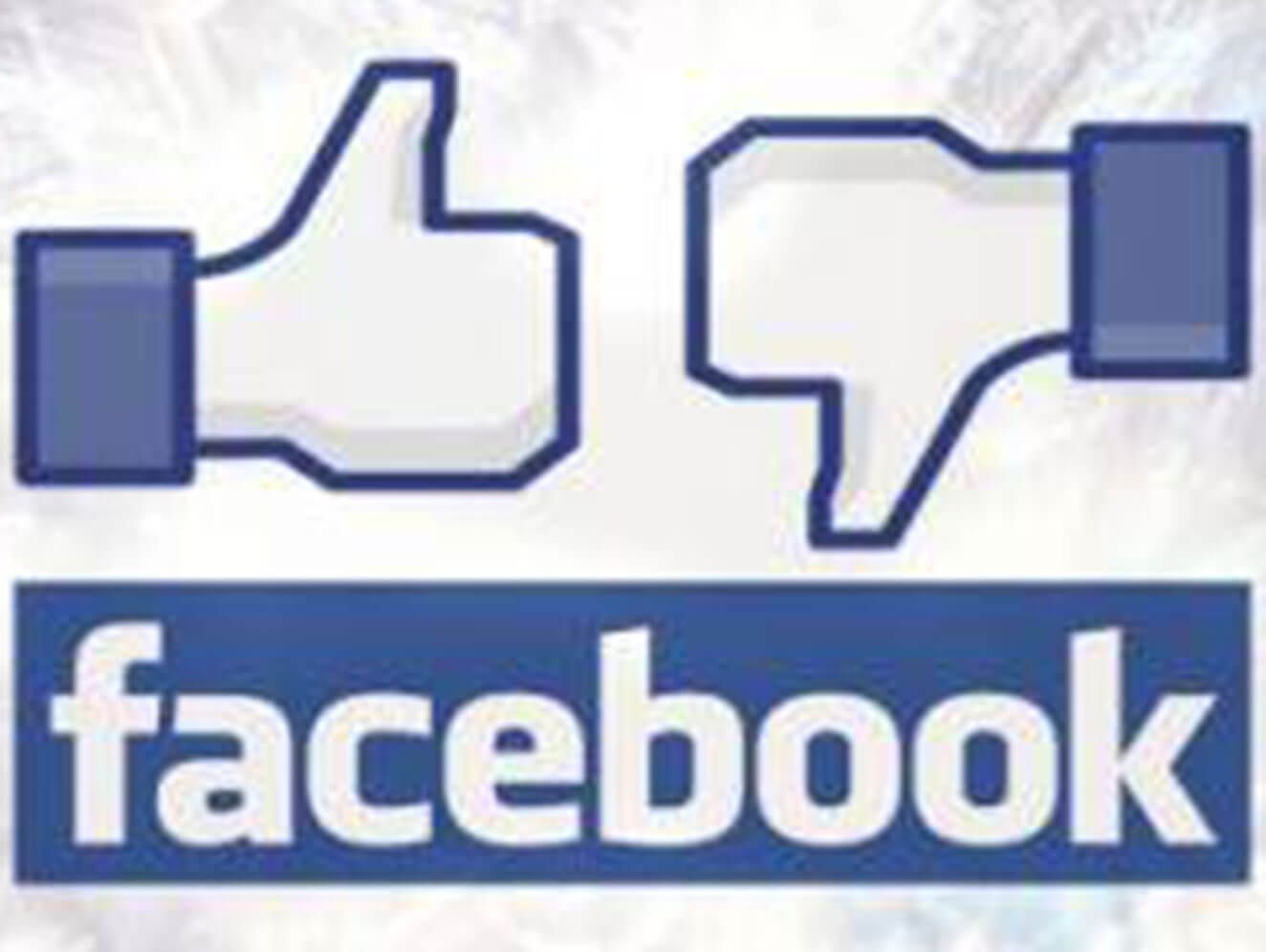Many Facebook page owners woke up recently to an upsetting fact: their Total Reach had dropped suddenly. For pages that rely on organic reach to maximize their ad budgets, like many small businesses do, this was very bad news indeed. However, it does not have to be bad news at all if you know how to put this change to work for you and take advantage of the new algorithmic properties used in the Facebook world.
What Happened to My Total Reach?
Running a Facebook page is about two important metrics: reach and engagement. Facebook presents you with this information by showing likes, comments and shares as well as how many people saw the post. However, there is some confusion about what total reach actually means.
“500 people saw this post” means that 500 people saw it whether those views were paid views, shares or free distribution through Facebook’s news feed. Combined, all of these people add up to what is called “organic” reach. If you pay for additional Facebook exposure, this is known as “paid” reach.
To make this simple, the following chart shows you the difference between organic, paid and total reach:
| Type of Reach | Free Distribution | Shares | Paid-for Exposure |
| Organic Reach | Yes | Yes | No |
| Paid Reach | No | No | Yes |
| Total Reach | Yes | Yes | Yes |
The New Set of Rules To This Old Game
In December 2013, Facebook announced that there would be an emphasis placed on links and meme content in the news feed. However, it was also at this same time that organic reach suddenly plummeted for many people. The pages that were least affected seemed to use fewer memes and fewer calls to action. This indicates that it is possible these tactics have resulted in punishment ratings for these websites.
What could cause this type of drop and what can you do to avoid it with your own Facebook page? According to the experts at Moz Blog, here are seven tips to avoid a drop in organic reach:
1) Focus on engagement and drawing in “real” people, not just paid likes.
2) Understand why your fans click the “like” button on your content.
3) Do not overuse calls to action.
4) Avoid the use of memes.
5) Analyze outbound links to see which are well-received.
6) Increase the frequency of your Facebook posts.
7) Maximize your “time of day” strategy by posting promotions/news/content at the best times for reading and response by your audience.
